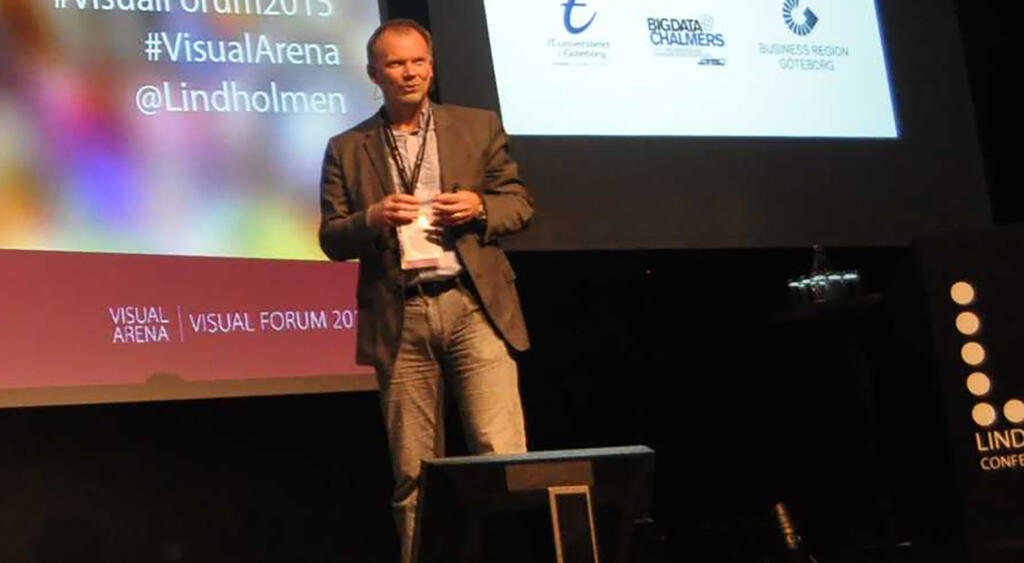How can AI and humans enhance the digital twin?
Anders Ynnerman, director of Sweden’s largest research program WASP and world leading professor in scientific visualization, will be opening Visual Forum together with Beata Wickbom on the 30th of September. Anders will share his latest insights about augmentation of a digital twin, i.e. how AI and humans can enhance the digital twin. We had a chat with him about Visual Forum and visualization.

Where did you get your interest for visualization?
My interest has grown from a need to understand complex phenomena and understand theoretical physics – as a PhD student I even used visual representations to solve and interpret equations. When advanced computing came, I realized the opportunities. Humans excel at interpreting visual representations and visual data analysis has become an essential component in many data driven workflows.
What opportunities can a digital twin offer?
It’s a way to gather a lot of data to get a holistic view of the present, the past and simulate the future. With a digital twin there’s possibility to experiment and simulate different scenarios.
We’ve been working with the data, techniques and methods before, but a digital twin offers a concept on how to handle and understand them in a coupled system.
Why is Visual Forum important?
Visual Forum is a unique place to meet and learn about visualization. This is a place for everyone interested to meet, from academic researchers to industry and the public sector. For me as a speaker I’m looking forward to meet a mixed audience. The content of this year will provide the audience with an understanding, without the need of being an expert, of what’s at the front. I’ve made several interesting new connections over the years at Visual Forum – this is a great place to meet new contacts and get inspired.
More about Anders Ynnerman
Professor Ynnerman is currently the head of the Media and Information Technology division at the department of Science and Technology (ITN) at Linköping University and is the director of the Norrköping Visualization Center C. He is the head of a renowned research division in Visualization and Computer Graphics. Furthermore is Anders the director of the Wallenberg Artificial Intelligence, Autonomous Systems and Software Program (WASP), leading a major national initiative for strategically motivated basic research, education and faculty recruitment in artificial intelligence, autonomous systems and software development. He plays a central role on the international visualization arena and is a frequently invited speaker at international conferences and other events.

